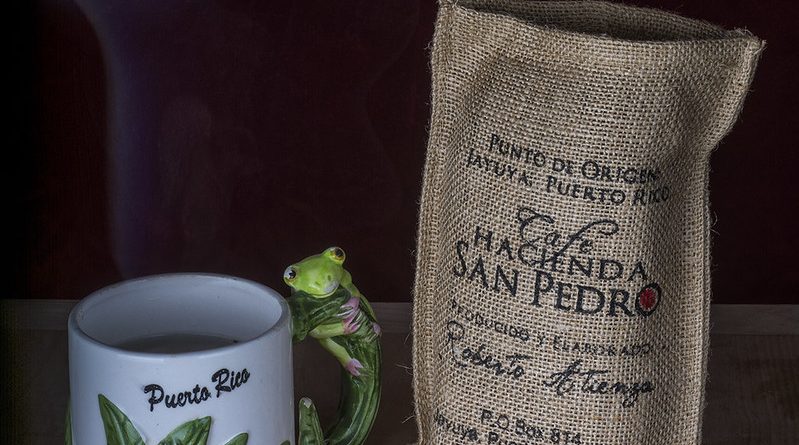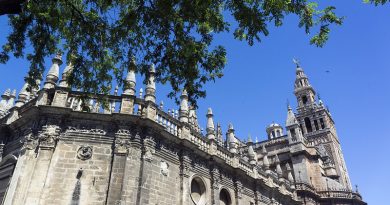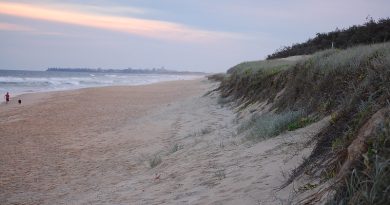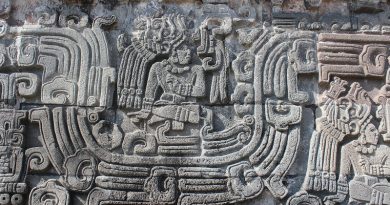Puerto Rican coffee
Coffee is a major cash crop in Puerto Rico, second only to sugar. It grows well in the low mountains of the island, like the fertile area around the town of Yauco in the southwest.
In 1736, the first coffee plant was transported from Africa to Puerto Rico, probably during one of the frequent slave trade voyages of the day. Mountain-dwelling farmers, and in particular, Corsican immigrants, during the 19th century, helped found the basis of what would soon become a lucrative and prestigious coffee aristocracy, producing what many connoisseurs consider to be the finest coffee in the world. Today the Puerto Rican coffee industry boasts over 50 million dollars in annual sales and industry employs over 250,000people from 21 towns across the island.
Left over from the glory days are elegant old haciendas, perched in the rural hills of central PuertoRico, Hacienda Buena Vista, is considered one of Puerto Rico’s best remaining examples of a coffee plantation. It consists of an 87 acre agricultural complex constructed in the mid-19th century. The hacienda’s principle buildings, grouped together within a 3 acre area, include the hacienda manor house, a carriage house, horse and mule stables, a caretaker’s house and office, 2 warehouses, a hurricane shelter, a corn mill and slave quarters. A canal, beginning at the top of Vives Waterfall passes through an aqueduct and on to the coffee mill, a 2-story wooden building located to the northwest of the house.
At its height the hacienda produced and processed more than 10,000 pounds of coffee per year for shipment to Europe. The Conservation Trust of Puerto Rico purchased the land and buildings from the Vives family in 1984. The impressive machines are once again in motion, farm animals roam the grounds and the fully furnished rooms seem ready for their original occupants to return at any moment. The scent of freshly roasted, freshly brewed coffee fills the air.
Some typical Puerto Rican coffee brews include :
⇒ Café expreso (from the Italian ‘espresso’) Prepared using an espresso machine, hot (but not boiling) water is streamed under very high-pressure through extremely-finely ground coffee to create a potent and highly-flavoursome brew. Purists insist upon drinking it black. In Puerto Rico, an expreso is also referred to as a ‘pocillo’ referring to the tiny cup in which it is served.
⇒ Cortadito (from the Spanish, meaning ‘slightly cut’) is the name given to a serving of café expreso laced with a few drops of hot milk.
⇒ Café con leche refers to traditionally-brewed black coffee to which steamed milk has been added before serving. Similar to the French café au lait, café con leche is served in a full-sized cup.




